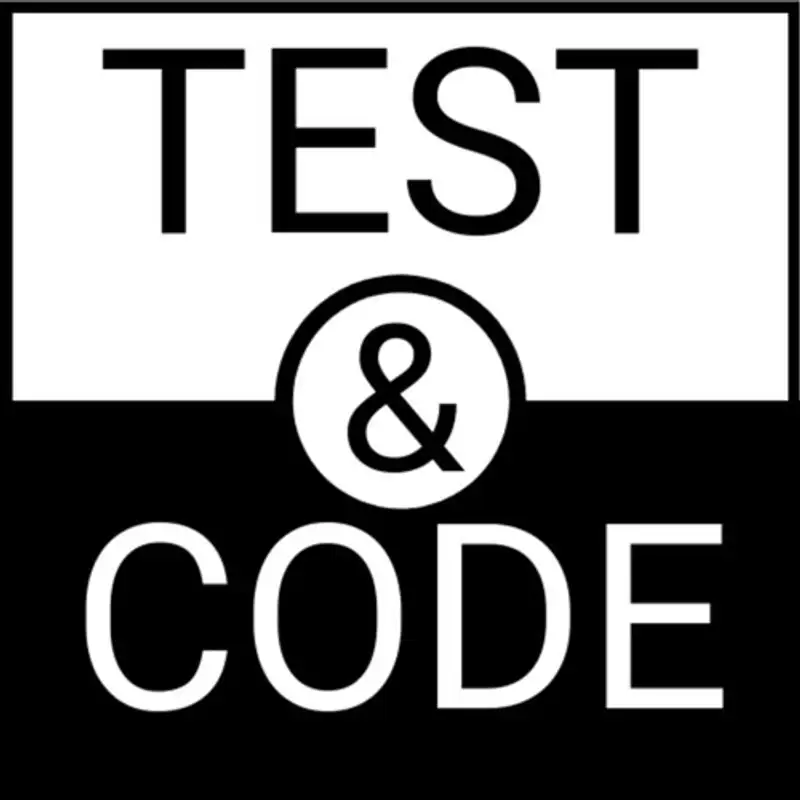176: SaaS Side Projects - Brandon Braner
The idea of having a software as a service product sound great, doesn't it?
Solve a problem with software. Have a nice looking landing page and website. Get paying customers.
Eventually have it make enough revenue so you can turn it into your primary source of income.
Solve a problem with software. Have a nice looking landing page and website. Get paying customers.
Eventually have it make enough revenue so you can turn it into your primary source of income.
There's a lot of software talent out there. We could solve lots of problems.
But going from idea to product to first customer is non-trivial.
Especially as a side hustle.
This episode discusses some of the hurdles from idea to first customer.
But going from idea to product to first customer is non-trivial.
Especially as a side hustle.
This episode discusses some of the hurdles from idea to first customer.
Brandon Braner is building Released.sh. It's a cool idea, but it's not done yet.
Brandon and I talk about building side projects:
- finding a target audience
- limiting scope to something doable by one person
- building a great looking landing page
- finding time to work on things
- prioritizing and planning
- learning while building
- even utilizing third party services to allow you to launch faster
- and last, but not least, having fun
Special Guest: Brandon Braner.
Links:
Help support the show AND learn pytest:
- The Complete pytest course is now a bundle, with each part available separately.
- pytest Primary Power teaches the super powers of pytest that you need to learn to use pytest effectively.
- Using pytest with Projects has lots of "when you need it" sections like debugging failed tests, mocking, testing strategy, and CI
- Then pytest Booster Rockets can help with advanced parametrization and building plugins.
- Whether you need to get started with pytest today, or want to power up your pytest skills, PythonTest has a course for you.
Creators and Guests


